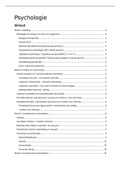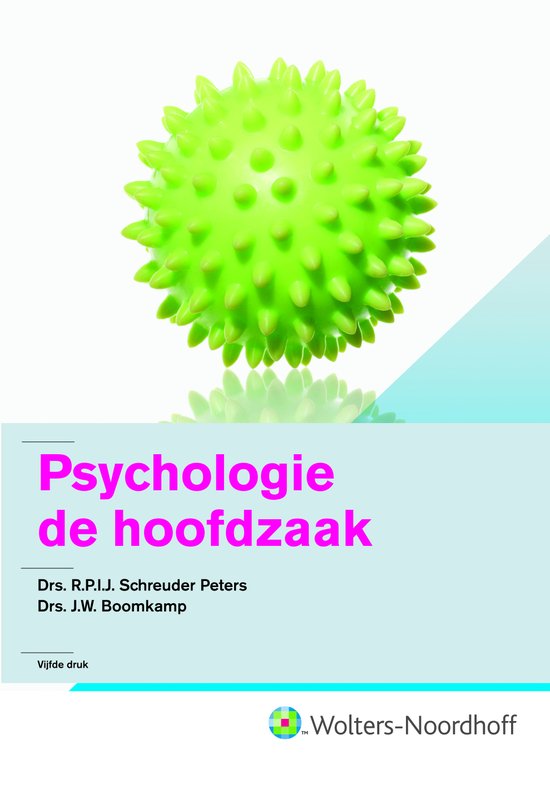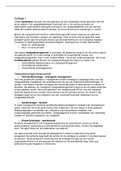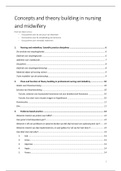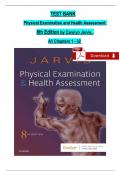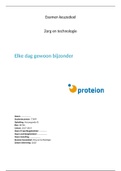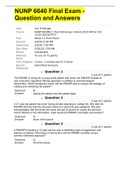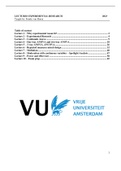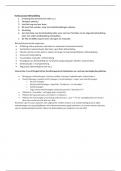Samenvatting
Goede samenvatting Psychologie leerjaar 1 HRM
- Vak
- Instelling
- Boek
Inhoud Week 1: inleiding 3 • Belangrijke stromingen en waar ze terugkomen: 3 o Biologisch Perspectief 3 o Gestalt (HC2) 4 o Behaviorisme/Behavioristische perspectief (HC5) 4 o Humanistische psychologie (HC5) 4 o Cognitieve psychologie / cognitieve perspectief(HC3, 4, 6 en 7) 4 o Psychodyn...
[Meer zien]
